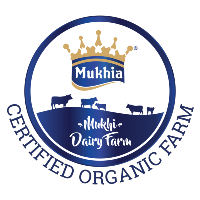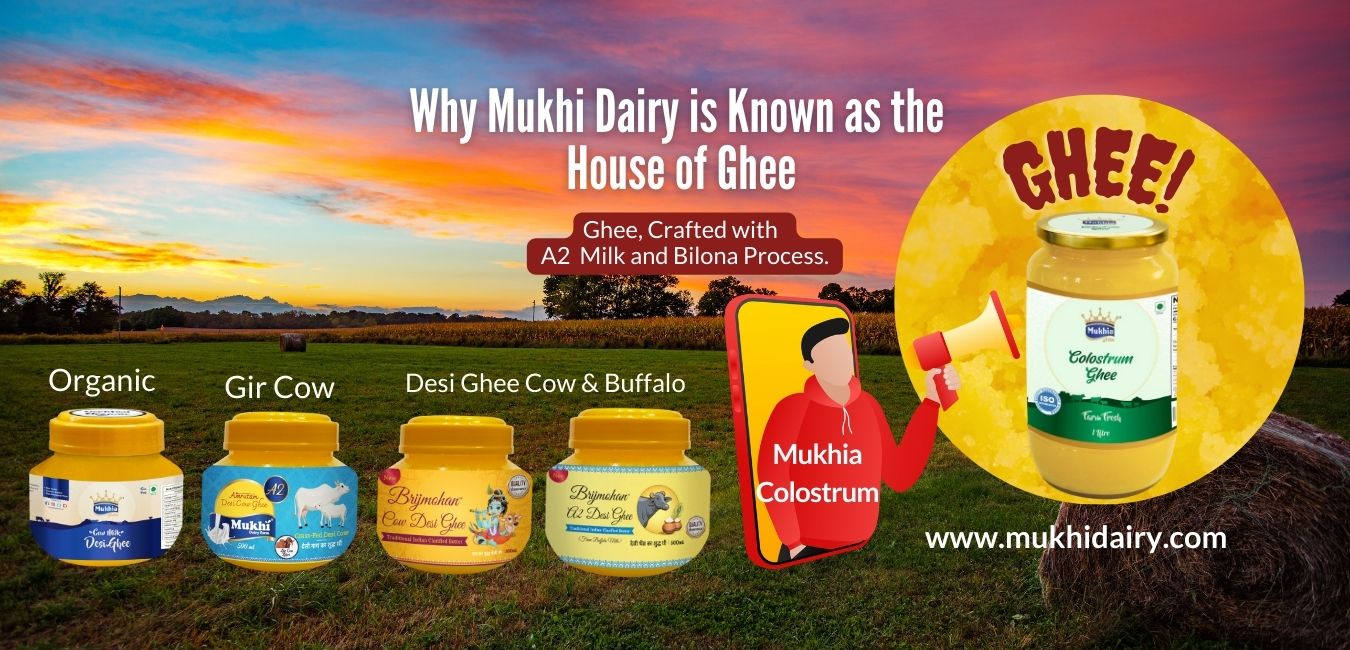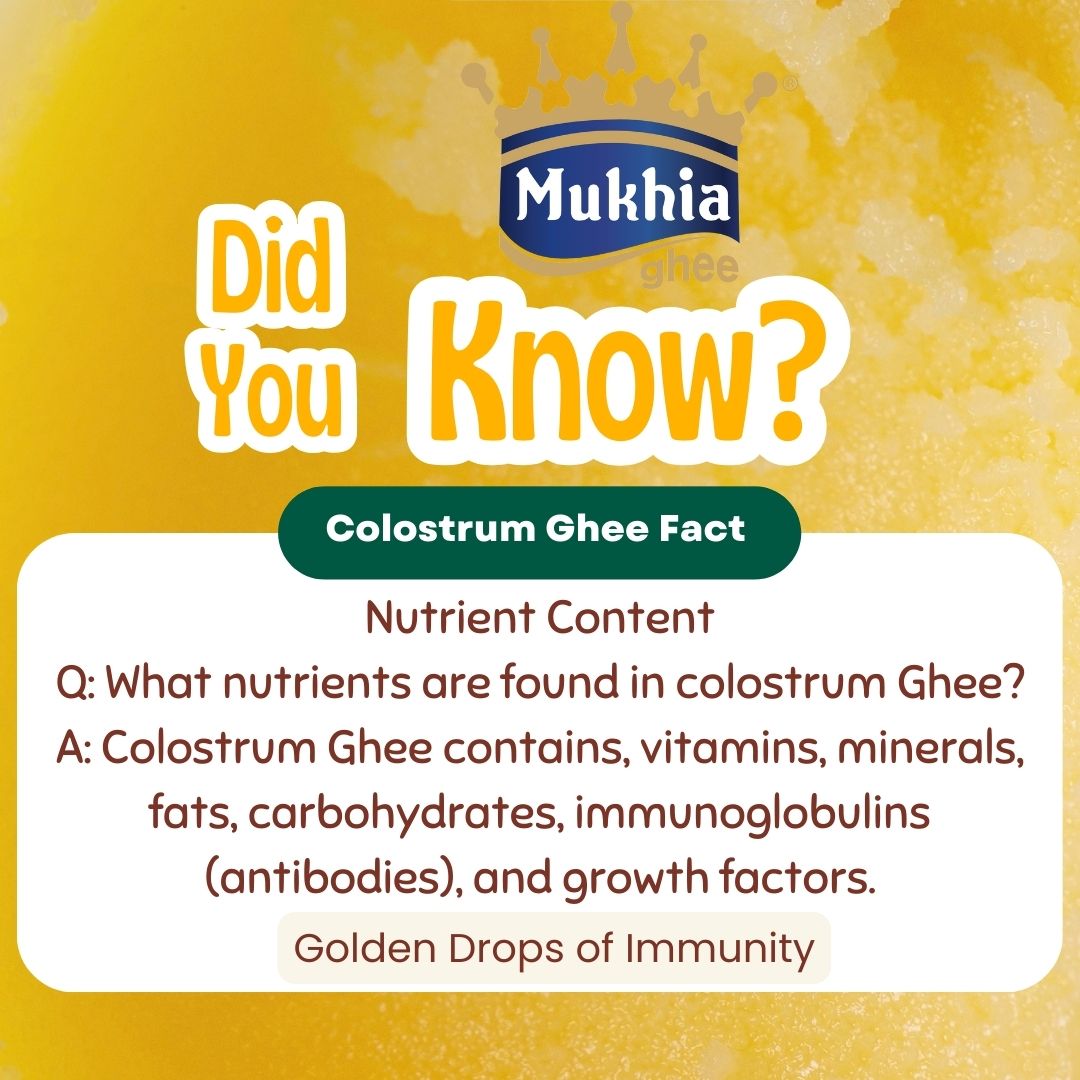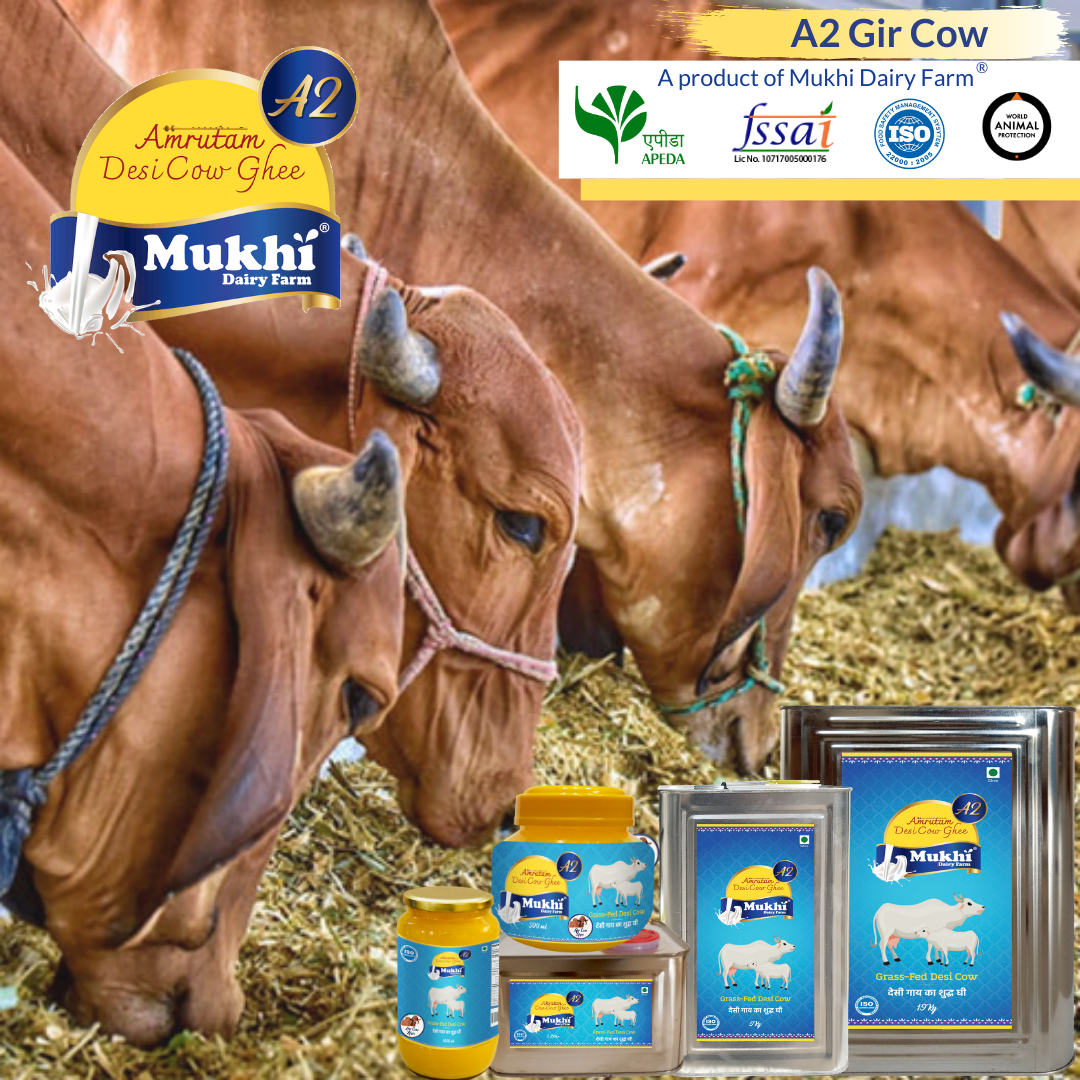
What is Bilona Ghee? Process & Benefits of Bilona Ghee
Nothing makes an Indian meal tastier than a spoonful of Ghee. Our diverse cuisines have always had that one fragrant dollop in common. It's healthy, tasty and enhances the taste of everything.
Although there are many types of Ghee available in the commercial market, Bilona Processed ghee is the most sought after as it is naturally processed and healthier than other ghee.
Bilona method has been used since ancient times for churning out butter from the curd. We all have witnessed our Grandmothers make lassi or shakes by churning a small wood. Today we use Grinders and Mixers for the same. But we all agree that our grandma's method made tastier and healthier lassi full of fiber and nourishment. Similarly, the bilona method of making ghee is better. This method gives the real desi ghee which is much superior to normally processed ghee in taste, aroma and nutrition.
Bilona Method of Ghee - Bilona Ghee Process:
The Bilona Method is a traditional method to make ghee. Below are the steps for making Bilona ghee:
Step 1:
The milk is boiled and when the milk cools down to lukewarm temperature, the spoonful of Curd/Jamana/Culture/Starter is added into the milk and mixed well in an earthen pot. Putting this mixture for overnight to make a curd.
Step 2:
Now, the curd is been churned to separate Makhan(Butter). The Bilona has a rope wrapped around it. Now churning the curd as clock-wise and anti-clock-wise to separate Makhan and whey.
Step 3:
When the Makhan gets separated, the Makhan is transferred into another earthen pot over a slow wooden fire. And the Makhan is heated until the water content gets evaporated.
Now, ghee has a smooth creamy texture & rich nutty granular flavor. And the bilona ghee is the best choice to opt for than vegetable oil, Butter, Refined oil, etc.
Ghee and Sanskrit Perspective:
The Ayurvedic talk about "Snehana" –the application of oily substance on the body i.e… Vasa (Animal Fat), Taila (Oil), Mojja (bone narrow), and Ghrita (Ghee). From all Four, Ghirta (Ghee) is considered for its superiority.
Ghee is "Snigda":
Ghee is known for its oiliness which gives you a smooth, lubricating, and nurturing.
As per Aacharya Charak, ghee is used in four forms.
Pana: Oral Intake
Abhayanga: External Application
Basti: Enemas
Nasya: Nasal Instillation
Why Bilona Processed Ghee is good for health?
Bilona ghee produce more DHA and MUFA. Bilona ghee produces more DHA and MUFA than regular/cream-based/ Commercial ghee.
Antioxidants and Vitamins - The nutrition contained in Bilona Ghee is more compared to commercially produced ghee. It contains Vitamin A, Vitamin E, Vitamin D, and Vitamin K. Vitamins A and Vitamin E are antioxidants that are beneficial for health.
Good for the heart - Grass-fed cow Bilona ghee has more CLA or conjugated Linoleic Acid and it reduces bad cholesterol levels and increases good cholesterol. Vitamin K2 reduces the chances of any blockages which might be caused due to calcium deposits in arteries. Consume pure desi bilona ghee for a healthy heart.
Reduces gut inflammation – Bilona ghee has more Butyric acid which acts against gut inflammation. The Omega 3 and Omega 6 fatty acids which are present in bilona ghee reduces swelling.
Improves digestive health - Butyric Acid present in the bilona ghee is vital for digestive health, colon and intestine. Bilona ghee has an adequate amount of short-chain fatty acid that effectively curbs intestinal diseases and helps prevent colon cancer.
Helps in Weight Loss – The DHA and CLA in bilona ghee help lose weight because it increases metabolism and helps burn unwanted fat.
Beneficial for teeth and Bones – Vitamin A present in the bilona ghee is vital for bones, while Vitamin D is crucial for the absorption of calcium and phosphorus. Vitamin D aids in bone and teeth development. Knee massages using the bilona ghee help strengthen knee joints.





